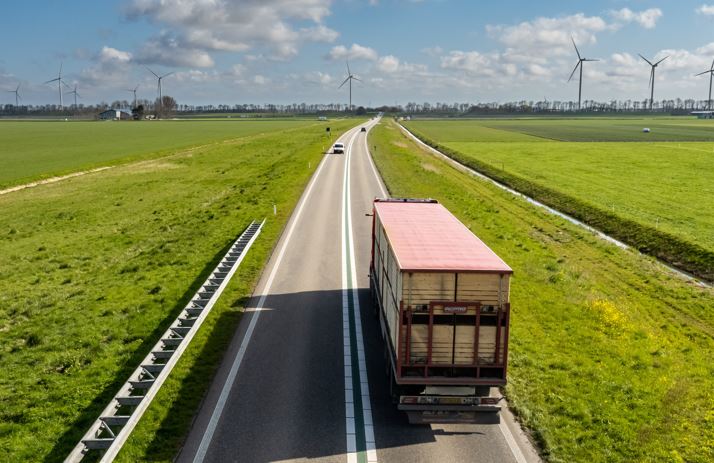ATA Outlines Principles for Reducing Greenhouse Gas Emissions
Together, the agency and industry have arrived at tough but achievable regulations that allow for technology to develop on timelines to minimize market disruptions and job losses
In comments to the Environmental Protection Agency, the American Trucking Associations outlined three bedrock principles the industry is committed to pursuing to reduce emissions from heavy-duty trucks.
“ATA starts with ‘Yes,’” said ATA President and CEO Chris Spear, “and we want to achieve the same things that the EPA does when it comes to reducing emissions. In fact, our record over the past 30 years of collaborating with EPA in reducing both carbon and NOx pollution is strong. Together, the agency and industry have arrived at tough but achievable regulations that allow for technology to develop on timelines to minimize market disruptions and job losses.
“However, EPA is moving at breakneck speed to force the industry towards electrification while failing to address the key enablers towards any new technology adoption. EPA’s proposed adoption rates assumes that product availability, vehicle costs, range, weight reduction, energy capacity and recharging and refueling infrastructure will all be available for fleets to utilize the technology,” he said. “Instead of the agency leap frogging existing low-carbon technologies towards electrification, allow today’s technologies to be fully adopted.”
In comments to EPA on the agency’s Phase 3 Greenhouse Gas Standards, ATA identified several significant flaws that must be corrected before the agency issues final rules including:
- First, the proposal reneges on commitments and timelines EPA made in Phase 2 of the standards, upending the plans and schedules for both equipment makers and purchasers.
- Second, the proposal’s aggressive timelines – with new standards coming into play annually after 2027 – rush early-stage technologies to the marketplace without sufficient testing and validation
- Third, the rule bets so heavily on electric and hydrogen vehicles – technology that has yet to be fully vetted and proven in the commercial freight environment – so as to pick winners, providing no flexibility for fleets to reduce emissions with existing solutions.
- Finally, the rule does not take into account the lack of infrastructure to fuel and charge these new vehicles – infrastructure that is critical to maintaining our supply chain.
“Mandating unproven technology that won’t meet our industry’s unique requirements is a recipe for failure,” Spear said.
To read ATA’s full comments, click here.
Category: Electric Vehicles, Engines & Drivetrains, Featured, Fleet Maintenance, Fuel & Oil, General Update, Green, News, Safety, Tech Talk, Transit News, Vehicles











